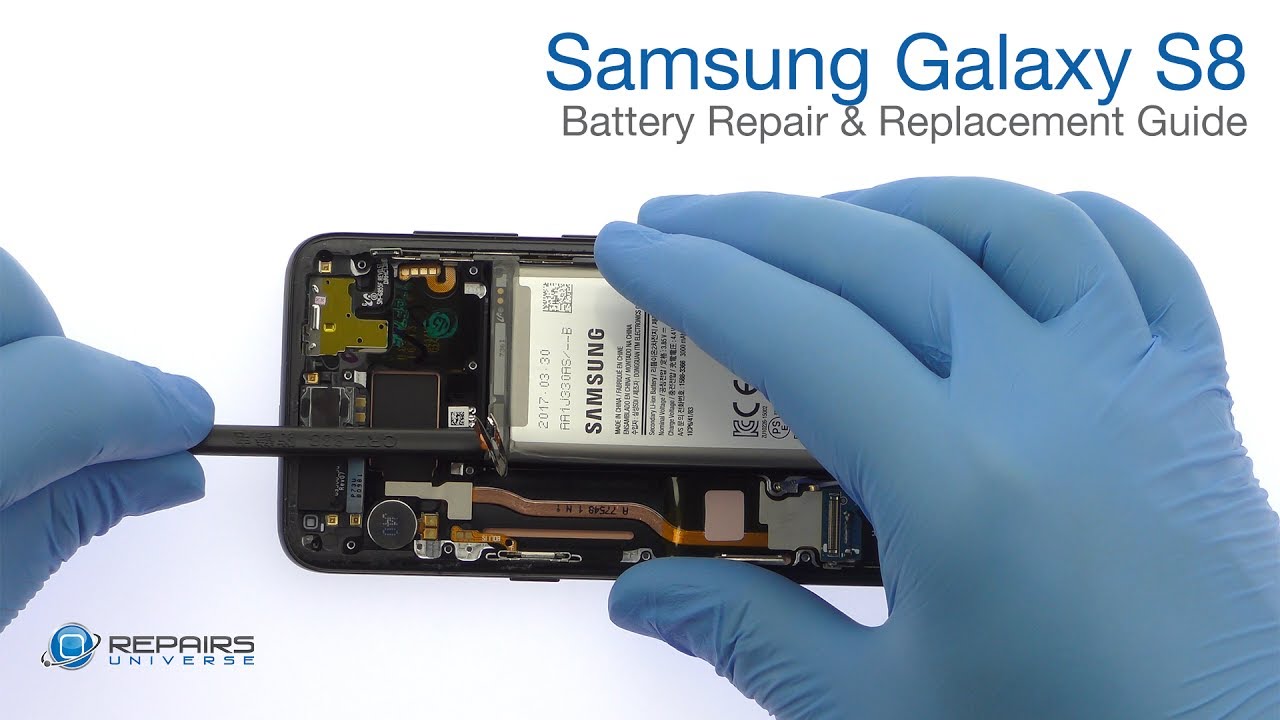
What You Should Know Before You Fix: Samsung Phones
It’s easy to forget, because they’re a lot of fun. But the major reason we do teardowns at iFixit is to see how things comes apart. After we’ve braved the glass, cables, and battery glue of a Galaxy Note 20, we tear one down more methodically (sometimes the original, if it can be saved), taking pictures and notes to create repair guides.
Like anyone who fixes these things over and over, we see trends, quirks, and recurring headaches. We steel ourselves for the hidden cable, the sticky glue, the little part that lives to get caught on your spudger. It’s high time we let you in on some of our shop talk.

So then! This post kicks off a series of explainers on certain brands of devices and what you might see any any one of them. It relies on the expertise of our teardown engineers, technical writers, and me, the charlatan who went to board repair school but, more importantly, can direct-message the experienced people who work here.
We can’t pretend to know every quirk, though, and there are people out there who have fixed up so many more devices than we have. If you have your own expertise with certain brands, and want to help those who might just be getting started, let us know what we should add here. Comment on the post, or find us on social media (Twitter, Facebook, Instagram), or email me: kevin at ifixit dot com.
The worst part: the back glass

I once offered to do a screen and battery replacement on my friend’s Samsung Galaxy S8+, if they paid for the parts. It’s not something I’ll readily offer again, especially if they’re going to sit across from me while I do it. You have to take the back off a modern Samsung phone to get at anything else, and taking the back off involves heat, alcohol, prying, swearing, murmured prayers, and trying not to yelp when you see the first cracks.
Samsung is deeply proud of the “art” of its curved glass designs. The reality of working with them is far less elegant. If the rear glass has any cracks at all, using any tool to get underneath the curved edge of the glass will likely exacerbate them, or cause bigger spiderweb-style cracks. Getting a grip on the glass back is tricky, and then finding a prying angle that lifts the glass without too much pressure in one place—it’s bad.

What really kicks it up from “annoyance” to “treachery” is the glue. The glue holding the rear case onto a modern Samsung is “a thick, goopy black mess,” says iFixit writer and former lead teardown engineer Sam Goldheart. And it gets worse as the phone ages, which is of course precisely when you’d want to remove the cover for a battery change. It requires “an uncomfortable amount of heat to loosen,” says technical writer Arthur Shi, and still “sometimes feels like the rear cover is impossible to remove.”
“Apple may deter people from opening their phones with proprietary screws,” Shi says, “but Samsung’s brutal adhesive is often more effective.”
This is not to say you can’t do it. I got the back off the S8+ with our iOpener, a number of trips to the microwave, and patience. But if you’re not a veteran, it might be wise to buy a replacement back glass (such as this S9 version) along with your new battery or screen, so that you’re covered and can move forward with a bit more confidence.
You might have to transfer some smaller parts to a new back, like a fingerprint sensor or a camera flash (Tesa Tape comes in handy for that). But it’s still better than leaving your phone looking worse than when you dove into it.
